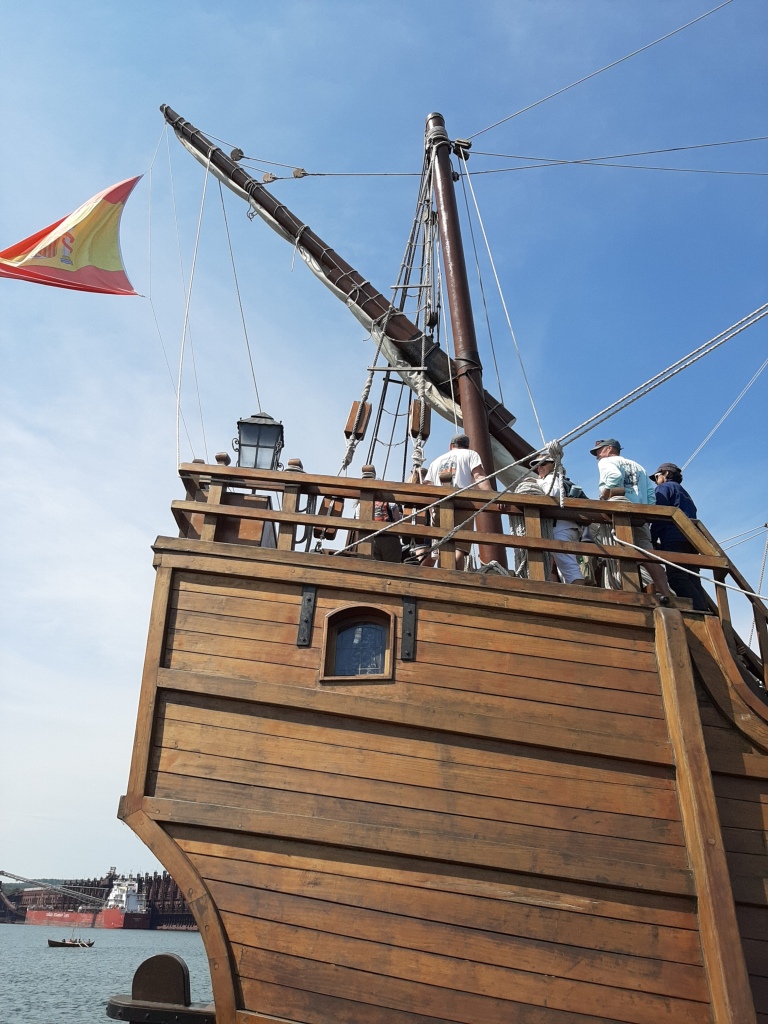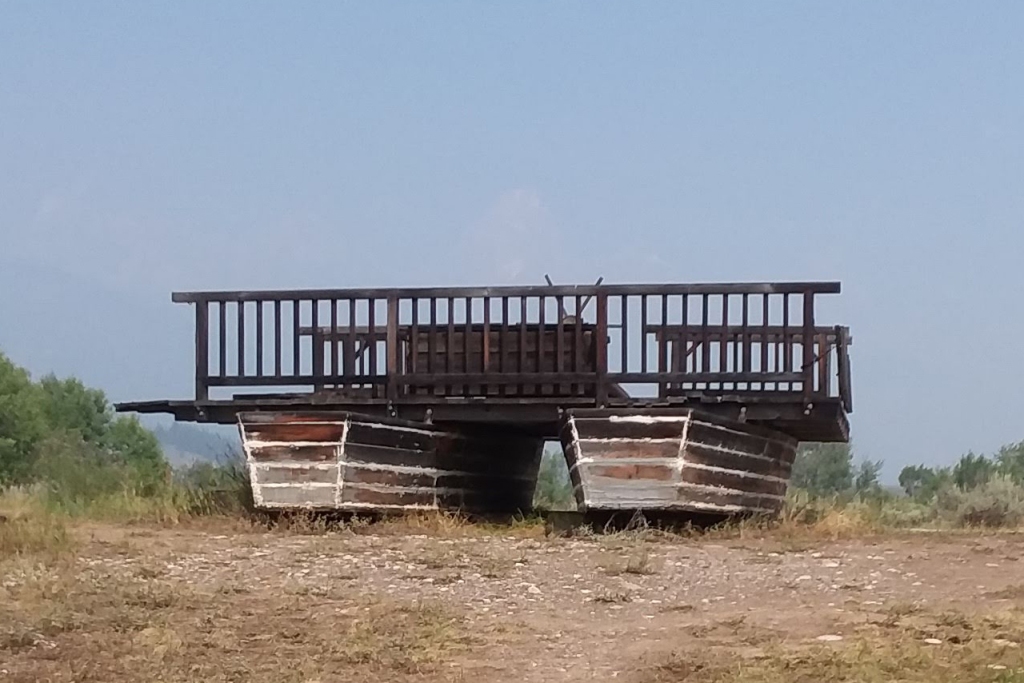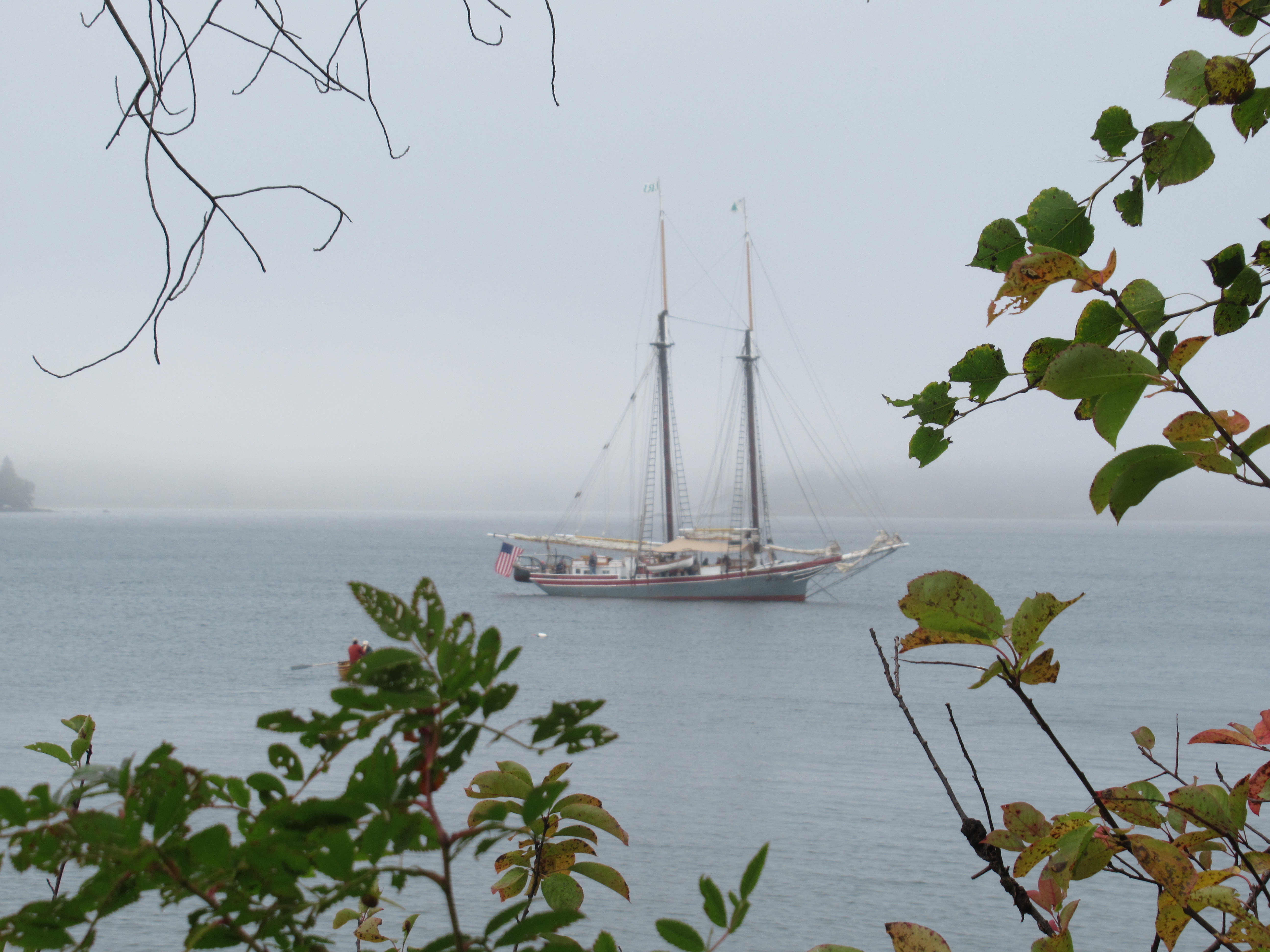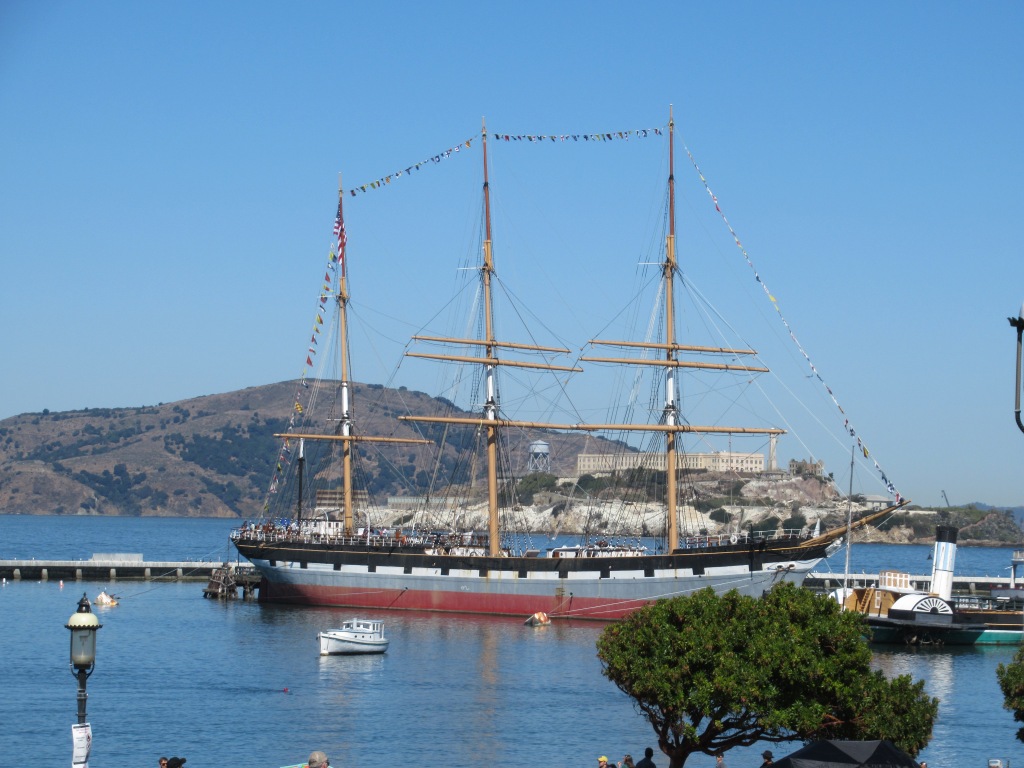
Sometime in 1965 or 1966, when I was ten or eleven, my father brought home a small sailboat, and I fell in love with sailing. In high school, my interest in history and love of tall ships melded with a field trip to San Francisco’s Maritime Museum and the Balclutha.
At that time, the Balclutha was moored at Pier 41 East. Stepping onto the deck of a ship more than three quarters of a century old fueled my imagination. I closed my eyes and listened to the creak of lines, the groaning deck, and the screech of gulls flying overhead. As the ship rocked gently beneath me, I imagined the crew scrambling up the ratlines, the captain calling out orders. Below decks, the narrow passageways and cramped quarters conjured stories of the life of the sailors. Even the captain’s rooms, though luxurious by comparison, were tiny and dark. In some ways it reminded me of an RV, with every tiny space optimized for storage.
The Balclutha was launched in 1886, from Glasgow, Scotland. Christened She is square-rigged with three masts and twenty-five sails, and is one of the only two such ships left in the United States. She carried cargo of coal, lumber, salmon, and other goods for over 50 years.
The Balclutha made seventeen trips around the horn in thirteen years. For most of the ship’s history, she was manned by a crew of about twenty-six men. Only the captain of such a ship could bring his wife aboard for the trip around the horn and back again. Her last captain under British registration was Captain Durkee. His wife, Alice, accompanied him on at least one voyage, and gave birth to their daughter on March 11, 1899. The ship was in the Indian Ocean, bound for San Francisco, and so they named the little girl, Inda Frances.
That same year, the Balclutha joined the Pacific lumber trade as a Hawaiian ship. She carried lumber from the Pacific Northwest for mines in Australia. She was the last vessel to sail under the flag of the Kingdom of Hawaii. In 1901, her registry was officially transferred to the United States of America. She worked the Pacific Coast, transporting salmon from Alaskan canneries to San Francisco, and men and supplies back to Alaska. She was retired in 1930.
Even in retirement, the Balclutha had work to do. She was purchased in 1933 and sailed south to Catalina Island. There she starred along with Clark Gable in the film, Mutiny on the Bounty.
In 1954, the tired, old ship was purchased by the San Francisco Maritime Museum, and renovated. In 1978, ownership was transferred to the National Park Service and she was listed in the National Register of Historic Places in 1985.
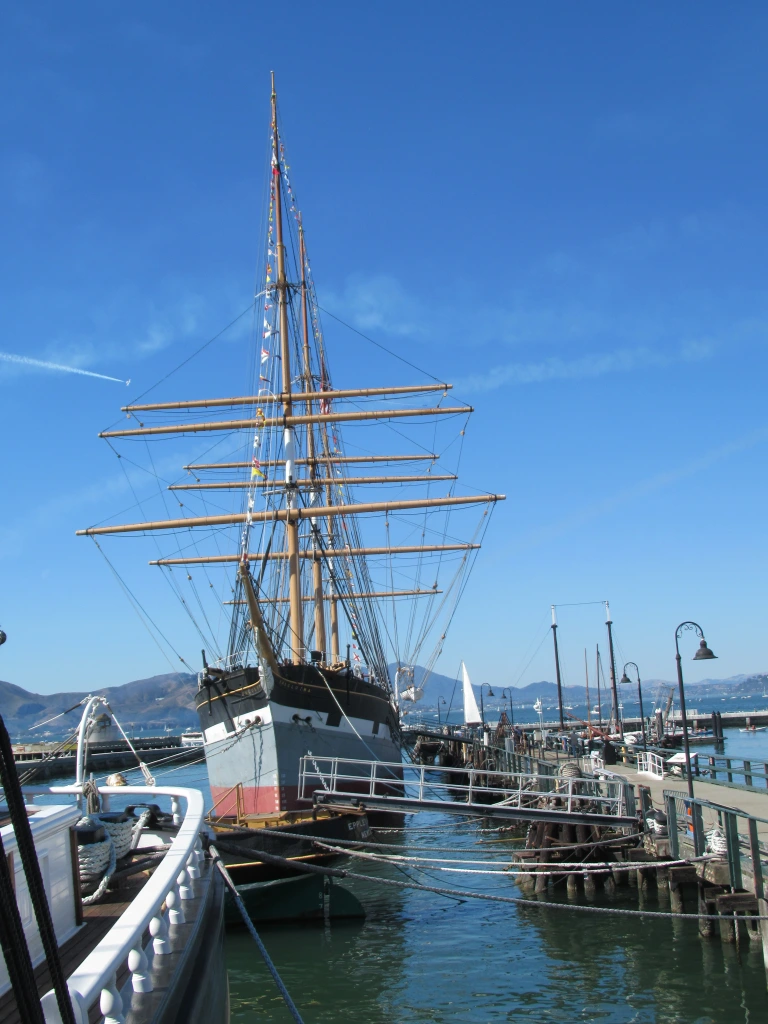
Today, the ship is moored at Hyde Street Pier, welcoming tourists aboard and sparking the imagination of writers like me.



